For those interested in delving into Vietnamese history, the name Con Dao Prison is likely not unfamiliar. Built by the French colonialists in 1862 to incarcerate Vietnamese patriots, Con Dao Prison is now ranked as the 23rd most remarkable national monument of Vietnam. Take some time with Vietnampeace.com to visit Con Dao Prison, famously dubbed the “hell on earth” of its time.
About Con Dao Prison Historical Site
Located in Con Dao District, Ba Ria – Vung Tau Province, Con Dao Prison was constructed by the French colonial regime and the American empire, featuring 127 cells, 42 “tiger cages,” and 504 isolation cells. Particularly infamous is the section of isolated cells known as the “tiger cages,” notorious for its brutal torture methods inflicted upon prisoners. After the reunification of Vietnam in 1975, the Con Dao Prison was dissolved, later recognized as a national monument by the Ministry of Culture, Sports and Tourism in 1979.
When is the Best Time to Visit Con Dao Prison?
The ideal time to visit Con Dao is from December to April, during the dry season when the weather is mild with no rain, making it perfect for exploring Con Dao Prison. Alternatively, you can also visit from March to September. Although there might be occasional light rain, the sea remains calm, and the winds are gentle in the eastern and northeastern parts of the island, which are suitable for exploration.
How to Get to Con Dao Prison?
Travelers can reach Con Dao by means such as flights or high-speed boats. Note that from April 2023, Con Dao Airport will be closed for nine months for repairs. Afterward, you can choose flights from Saigon to Con Dao (starting from 940,000 VND), from Hanoi to Con Dao (starting from 2,000,000 VND), from Can Tho to Con Dao (starting from 1,600,000 VND),…
Alternatively, high-speed boats depart from various points like Ho Chi Minh City, Vung Tau, Can Tho, and Soc Trang, with ticket prices ranging from 360,000 to 950,000 VND, depending on the ticket type.
Con Dao Prison is located right in the center of Con Dao District and is easily accessible by various means, such as renting motorbikes, bicycles, electric bikes, etc. The routes are straightforward so that you can explore with peace of mind.
Stepping into the “Hell on Earth” of Con Dao Prison
The historical site of Con Dao Prison is divided into numerous areas for visitors to explore. Let’s take a look at them:
Prison Camp 1: Also known as Phu Tho Camp, built in 1928, covers an area of about 12,700m2, with 1,200m2 of cell space comprising three rows of detention rooms, kitchens, infirmaries, dining halls, collective detention cells, isolation rooms, and cell blocks. Before 1945, there were two rows of collective cells, 1 row of isolation cells, one kitchen area, and one hospital. After 1945, it was rebuilt, leaving only two rows of cells numbered from 1 to 8. During the American period, two more cells were added behind the hospital, with cell number 10 used for isolation to supplement the Tiger Cage Area, including 15 additional isolation cells. Camp 5 was also built in 1962, forming a cluster around the Tiger Cage Isolation Area.
Prison Camp 2: Also called Republic Camp or Phu Hai Camp, built in 1862, covering an area of 12,040m2, consisting of 2 rows of detention rooms, 20 “tiger cages,” a chapel, auditorium, stone-breaking area, warden’s house, infirmary, clubhouses, etc. Camp 2 is the largest and oldest camp in Con Dao.
Prison Camp 3: Also known as Phu Son Camp, built-in 1916 with an area of 13,228m2, including 14 “tiger cages,” 13 giant cells, a temple, a warden’s office, a barber shop, a kitchen, a clubhouse, a greenery area,…
Prison Camp 4: With an area of 5804m2, containing eight detention rooms, warehouses, infirmary, kitchen,…
Prison Camp 5: With an area of 3,594m2, featuring 12 collective detention rooms divided into three rows, each consisting of 4 rooms and a kitchen area.
Prison Camp 6: Known as Phu An Camp, covers an area of 42,140m2, consisting of zones A and B, each with two rows of 10 rooms, including 4 “tiger cages,” infirmary, kitchen, a warehouse, an outer gate, an inner gate.
Prison Camp 7: American-style Tiger Cage or Phu Binh Camp, covering an area of 25,788m2, with eight camp areas: A, B, C, D, E, F, G, H. Each location has 48 tiger cages, kitchens, dining halls, infirmary, and warden’s offices. Various torture methods were used here, including sun exposure and mistreatment with sound.
Prison Camp 8: Phu Hung Camp, containing two rows and ten detention rooms, a warden’s office, and a watchtower,…
Prison Camp 9: Due to the signing of the Paris Agreement, the camp was demolished despite the concrete foundation being laid.
Investigation Room: Where interrogation records are kept, and prisoners are interrogated before being incarcerated.
Bullpen Isolation Area: There are nine isolation cells, 24 pig pens, two cattle pens, and one dung pit. Prisoners were subjected to beatings, torture with bamboo sticks, having two sticks pressed against their legs, starvation,… Most cruelly, there was a 3m deep cow dung pit used for torture, with an underground drainage system from the cattle pen to dispose of the dead prisoners.
Lime Kiln: A site for brutal forced labor for nationalist soldiers imprisoned in Con Dao.
Church House: With an area of 18,600m2, including various facilities such as the Church House, dependencies, staff residences, garden areas, and surrounding fences. This was the residence of 53 generations of island rulers. After 1975, it became a museum for tourism.
Administration Building: With an area of 850m2 and 20 hectares, this was a stopping point for the famous French composer Charles Camille Saint Saens. It was also where he completed the last three chapters of his timeless opera Bruchidae.
Hang Duong Cemetery: Covering an area of 20 hectares, the resting place of tens of thousands of patriots and Vietnamese people under the brutal oppression and exploitation of the French colonialists and American empire.
Bridge 914: Built in 1873, the bridge is 130 meters long and 4.8 meters wide, consisting of 2 main spans and one auxiliary span, with the nose forming a T-shape. The number 914 represents the number of prisoners who fell during imprisonment, labor, and accidents at Con Dao Prison.
Ma Thien Lanh Bridge: Built from 1930 – 1945, the bridge only has two piers constructed, and each dock is about 8 meters high. Although not completed, 400 prisoners were sacrificed here due to the oppressive and exploitative labor of the French colonialists.
Notes for Visiting Con Dao Prison:
- The entrance fee to Con Dao Prison is currently 40,000 VND per person, and the opening hours are from 7:00 am to 5:30 pm.
- When visiting, it’s advisable to dress modestly and respectfully, avoiding overly revealing clothing.
- Do not touch or tamper with any exhibited artifacts or related objects.
- It’s recommended to bring snacks and water. Remember to dispose of garbage properly.
- Avoid making noise, speaking loudly, or disturbing other visitors during your tour.
In conclusion, the detailed exploration of Con Dao Prison’s history and its various areas offers a poignant glimpse into the harrowing realities of those imprisoned within its walls. From the brutal conditions of the “tiger cages” to the somber gravesites of fallen patriots, every aspect of this site speaks volumes about Vietnam’s tumultuous past. Through the lens of Vietnampeace.com, this narrative is a powerful reminder of the resilience and sacrifice of those who fought against colonial oppression. Con Dao Prison is not only a historical landmark but also a testament to the enduring spirit of Vietnam’s struggle for freedom and peace.
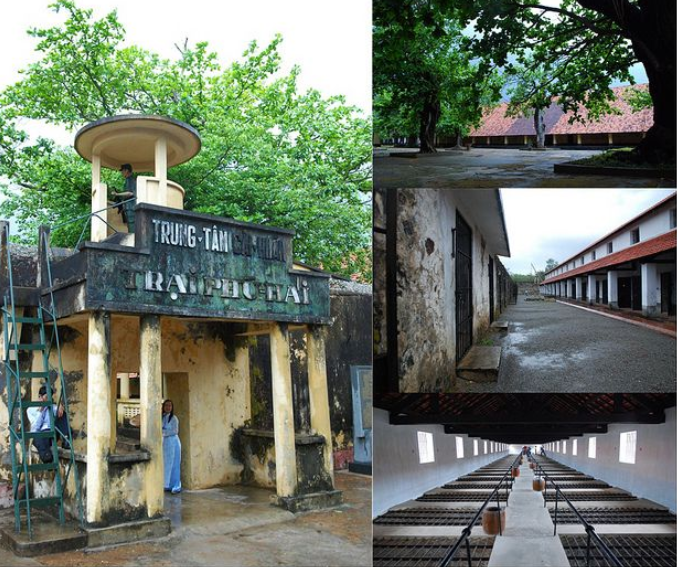
Con Dao Prison of Hell on Earth (Photo Collection)
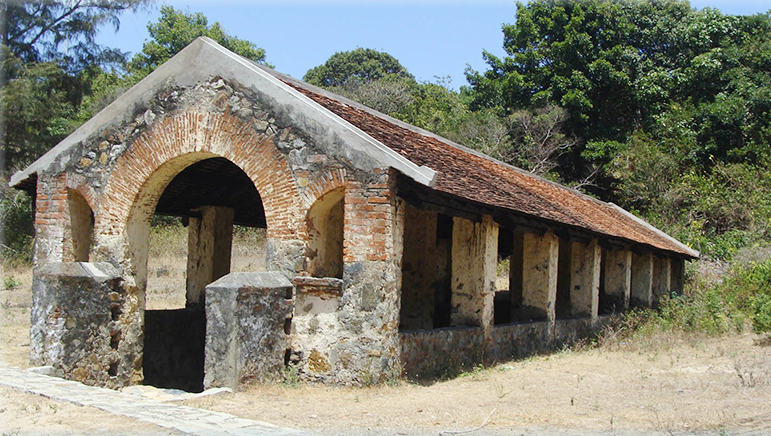
Photos of the isolated barn (Photo Collection)
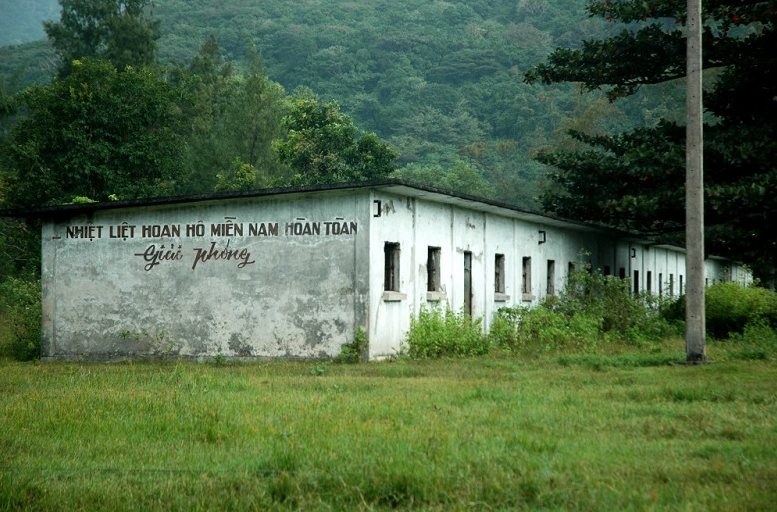
Camp Relic 8 – Phu Hung Camp (Photo Collection)
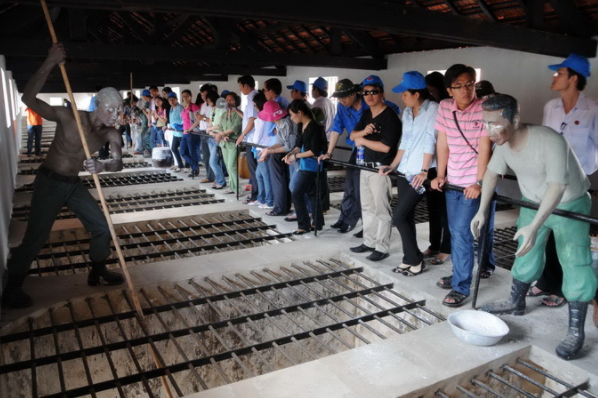
Tourists visit the tiger cages at Con Dao prison (Photo Collection)
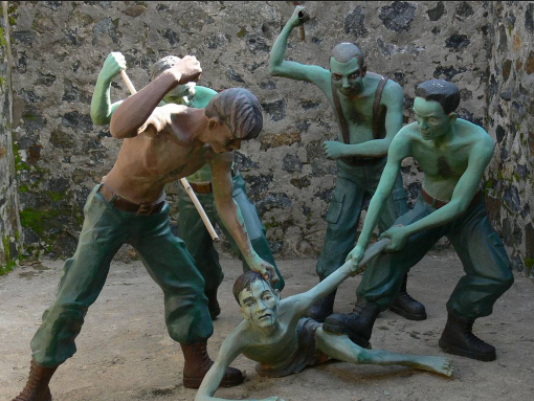
Image depicting the torture of colonialists at Con Dao prison (Photo Collection)
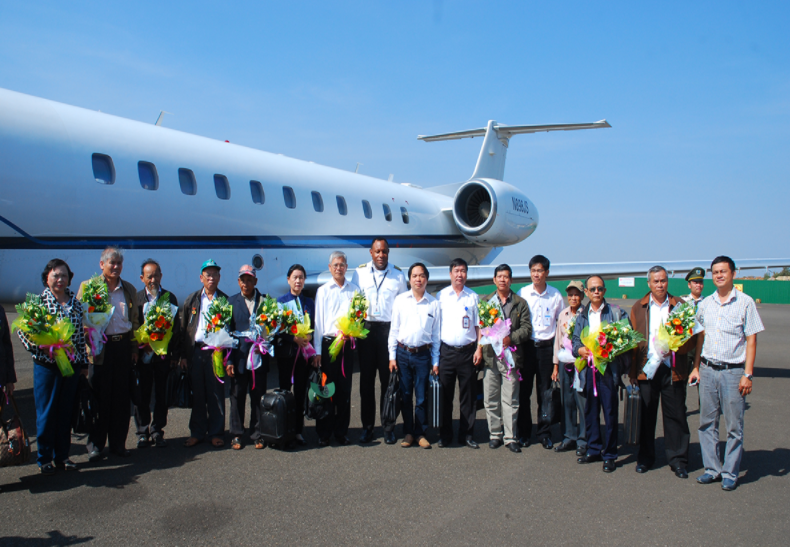
Photos of former prisoners visiting Con Dao (Photo Collection)
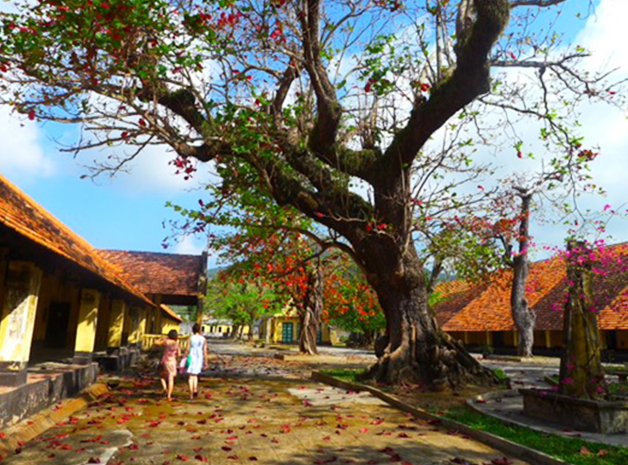
A beautiful corner at Con Dao prison (Photo Collection)
